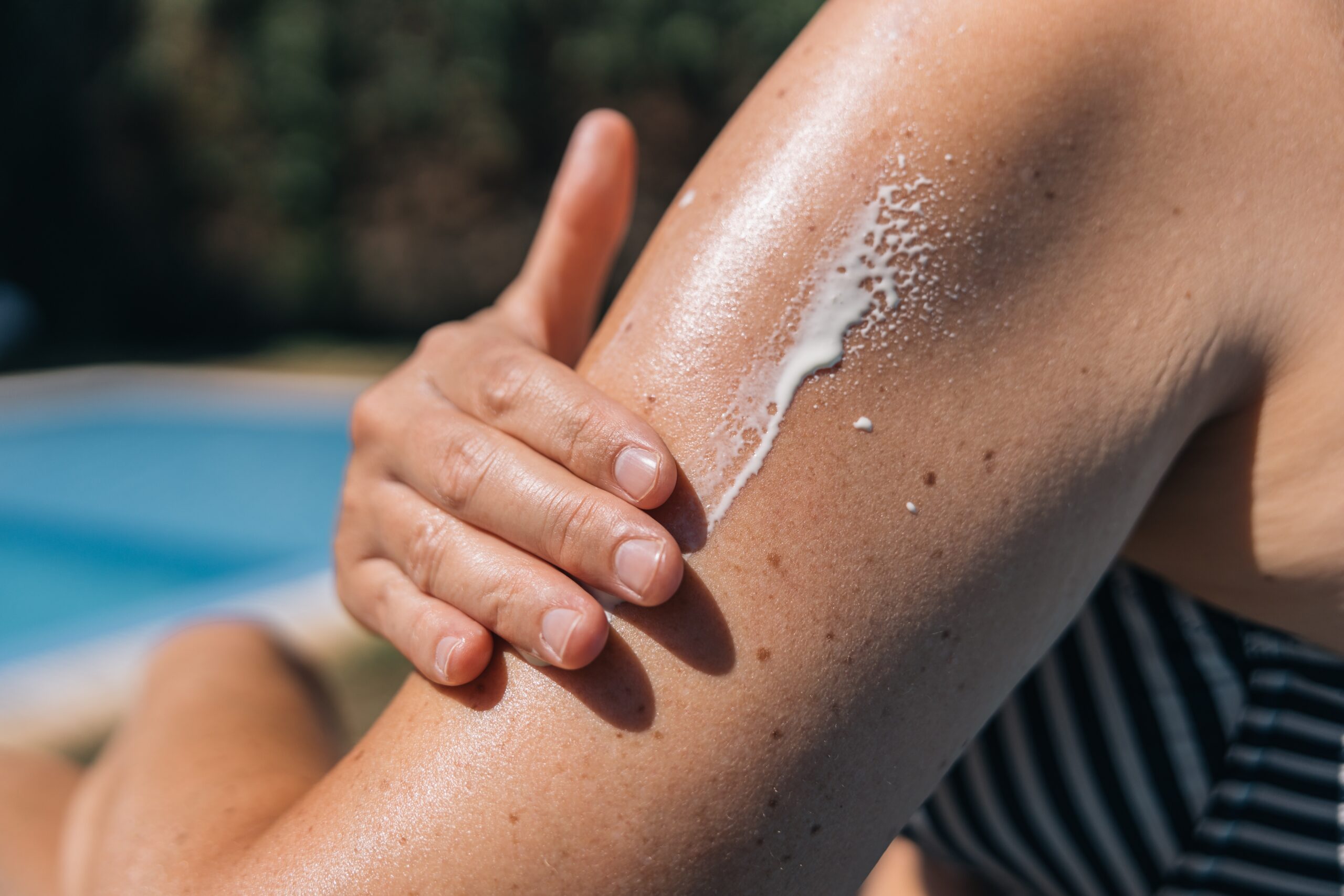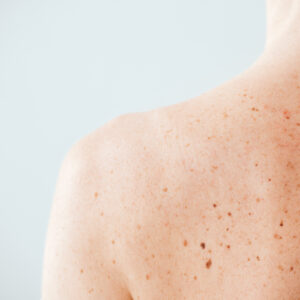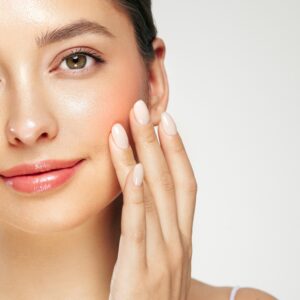Have you ever stopped to wonder about the UV index? We hear people say, “The UV index is high today” but what is this index, and what – if anything – should we do about it?
What Does the UV Index Mean?
UV stands for ultraviolet radiation, which is a form of energy that travels in waves, like radio waves and X-rays. The lower the frequency of the waves (or energy), the safer. Radioactive energy is the most dangerous. Waves from AM and FM radio stations are the least.
Ultraviolet radiation, which is more of a medium risk, comes mainly from the sun. The UV index is a way to measure the intensity of that radiation on a scale of 0 (no sunlight) to 11 (extreme radiation where you can burn in less than 10 minutes). Using the latitude and altitude of a specific place, time of day and year, ground, cloud, and ozone conditions, the US National Weather Service calculates the number and the EPA reports it.
While the index number may correlate with how hot it is, that’s not always true. At high altitudes (think of skiing in the winter), you could be cold enough to wear a jacket, while also being in danger of sunburn. Unlike the UV Heat Index, the UV Index is all about the power of radiation.
Are UVA and UVB both part of the index?
As dermatologists, we talk to our patients about two main types of UV radiation: UVA and UVB. A third type is UVC. UVC, while the most dangerous, is soaked up by the atmosphere before it gets to us. (However, some machinery (e.g. arc welding) is also a source of UVC, which is why people in those professions wear protective gear).
- UVB can penetrate the top layer of skin to cause visible damage through sunburns.
- 95% of the UV light that reaches us is UVA (it can get through clouds and windows, too). These rays go deeper into the skin, causing your skin to wrinkle, get tough or “leathery” and essentially look older than you are.
Should I Pay Attention to the Index?
If you don’t burn easily, should you worry about the UV index?
Absolutely. Even if the sun doesn’t burn your skin, it can cause cancer.
“Skin cancer is the most common type of cancer, and it’s also the most preventable type,” says Karynne Duncan, MD of Duncan Dermatology, a Golden State Dermatology Affiliate. “One in 5 Americans will develop skin cancer by the age of 70. One of the best ways to prevent this is to protect yourself from UV rays.”
You can read more about the sun and cancer in one of our other blogs, but here are three short – and important – facts:
- The three most common forms of skin cancer include basal cell carcinoma, squamous cell carcinoma, and melanoma
- UVB is the main cause of basal cell and squamous cell carcinomas as well as melanoma
- UVA amplifies UVB-induced damage and increases your risk for skin cancer
UV radiation is such a serious health issue that the International Agency for Research on Cancer (IARC), part of the World Health Organization, has determined that solar radiation is carcinogenic to humans, including the use of UV-emitting tanning devices.
What Actions Should I Take Based on the Index?
If the index tells us how intense the UV rays are, and if UV rays (of any kind) cause damage, what action should we take, based on the UV Index?
When the index is high, the safest action is to stay indoors, away from the sun. That’s why you’ll hear advice to avoid the sun from 10 am to 2 pm, when the UV index can be higher. If you have to be outdoors, wear protective clothing, sunglasses, and sunscreen.
Even when the index is low, perhaps at a 1 or a 2, you still need to be aware of UV rays and the harm they can cause. Always wear sunscreen outside (and reapply – it only lasts 90 minutes to 2 hours, at best). Protect your eyes with UV-blocking sunglasses and cover up.
“It can be tempting to take a short walk outside on a sunny day,” said Dr. Duncan. “We’ve all felt that way. But sun damage is cumulative. So even if you don’t see any short-term results, like a sunburn, the rays are still penetrating your skin and causing damage at the cellular level.”
If you know you’ve had several sunburns, or you can see visible signs of sun damage, set up a skin cancer screening at the Center for Dermatology and Laser Surgery. Our certified providers perform thorough full-body skin checks to detect skin cancer as early as possible. The sooner you know, the sooner you can stop the spread.
Skin health = health! Make your skin a priority by requesting an appointment today!

Check the UV Index today!
Sources:





